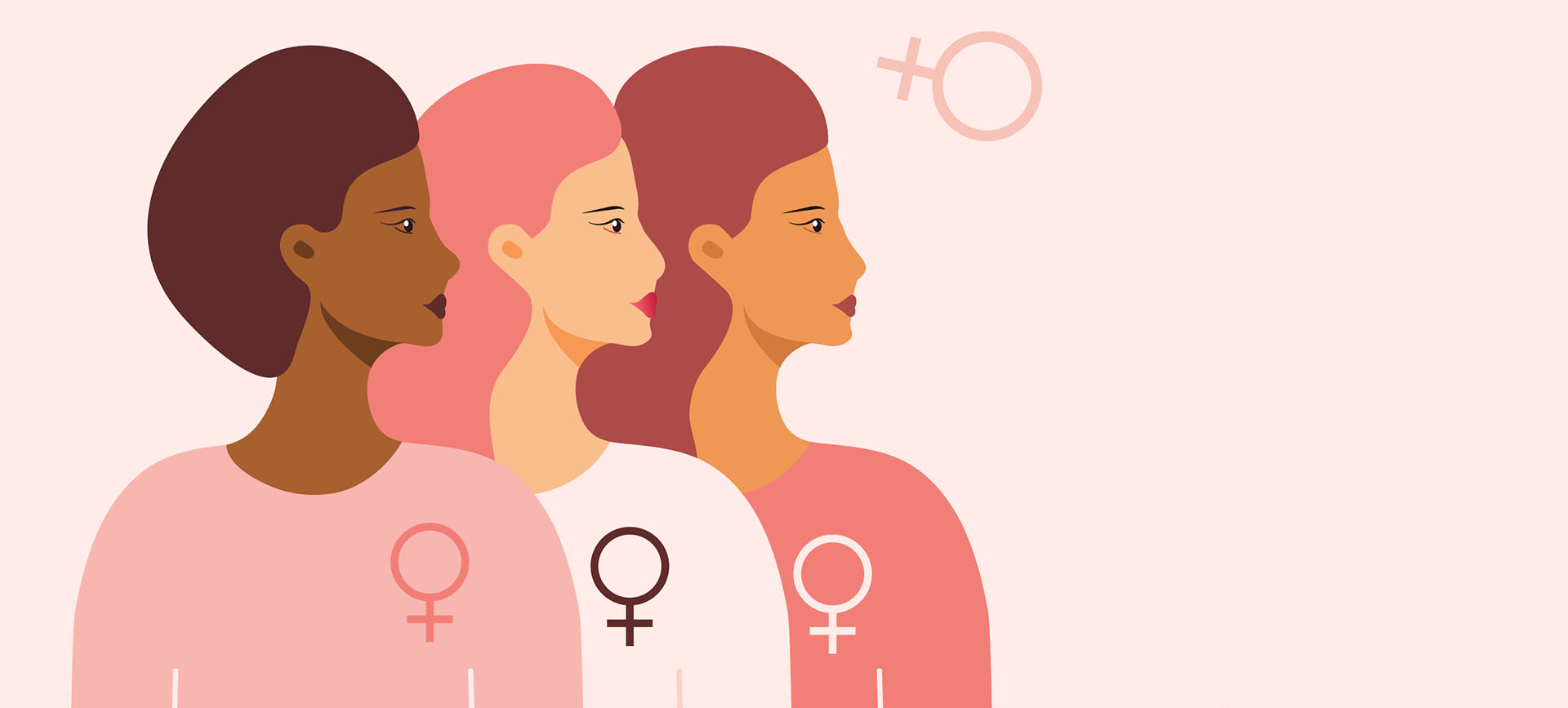
Flo Health Redesign
Class Project - an application redesign empowering women with insights on menstrual cycle phases for a more comfortable daily life.
As part of my Design and Interaction coursework at UC San Diego, my team was tasked with addressing a need for non-college students. We chose to explore women’s health, focusing on menstrual cycles—a topic we related to through personal experience. After researching cycle phases, we interviewed users to gauge their understanding, designed solutions, and completed usability testing within three weeks.
Problem
How might we support women who want to have a smoother experience throughout the month?
Outcome
We added features to Flo and redesigned part of the user experience and branding to facilitate finding the information they currently lack with the current Flo app experience and many current period tracking experience.
Role
Product Designer & Researcher
Timeline
8 weeks
Team
1 Designer
3 Researchers

Concept, research, redesigns & user tests in 8 weeks
Week 1—Concept & Research
When I brought the idea to my team, they were just as unaware. That's when we knew we had a golden idea on our hands, so we interviewed women we knew to see if this knowledge gap was as widespread as we thought. (Spoiler alert: it was!)
Week 2—Research & Analysis
We organized our interview data using Google Forms to visualize the data in charts, then we synthesized our findings by creating an affinity diagram on Miro. This helped us identify key UX problems to solve.
We continued by conducting additional (secondary) research, in which we utilized the white paper research method and conducted a competitor analysis between competing menstrual health apps. I was in charge of the competitor analysis, while my teammates conducted most of the white paper research.
Week 3—Visual Design & Brand Identity
Week 4—High-Fidelity Prototypes
User research
results & findings
of the survey takers complained about standard EHR systems being difficult to navigate to access relevant patient medical history.
of the survey takers agree that it is easy to overlook patient information with the design of some of these platforms as information is not easy to find.
Feature #1
AI Patient Summary

Feature #2
Cited Document Locator

Feature #3
Trend Charts

Feature #4 & #5
AI Workup Suggestions & Dynamic Treatment Plans
I also created a treatment plan feature that updates in real time as new data becomes available, ensuring care remains accurate and adaptive.
Together, these features support a holistic, informed, and efficient approach to patient assessment, which is crucial in emergency care settings.

Feature #6
ER Status Dashboard

.png)







